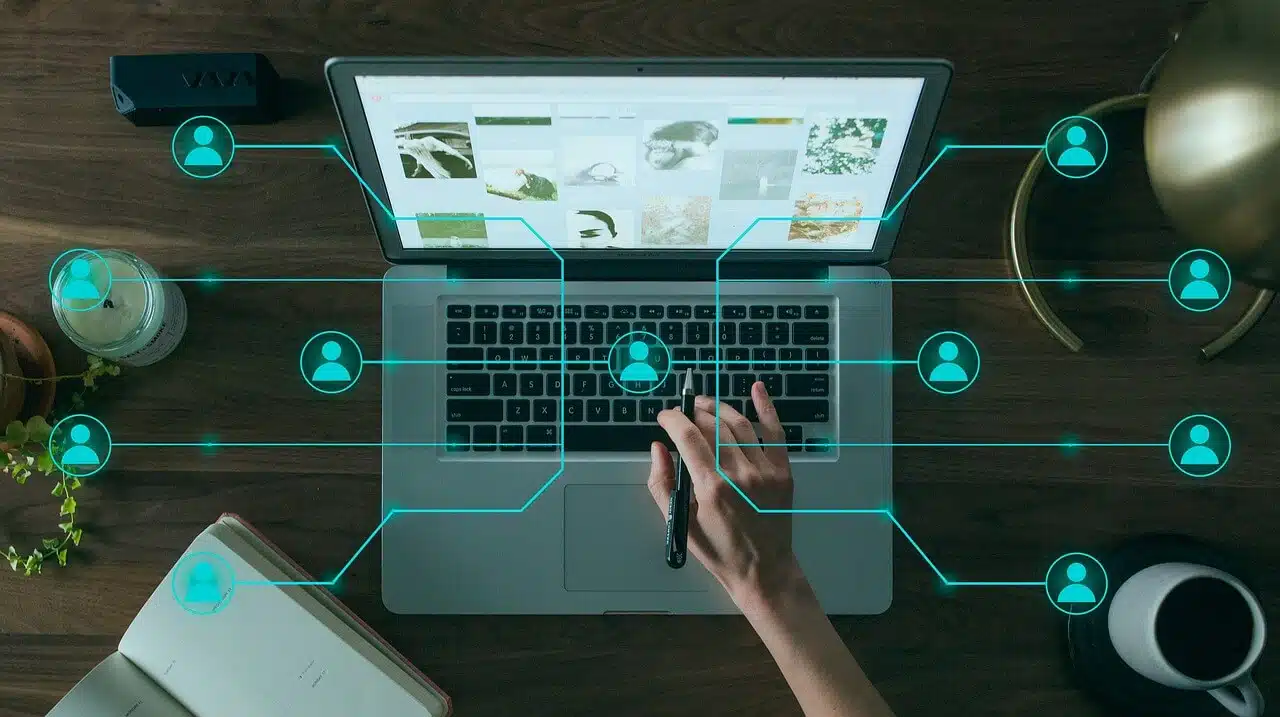
7 Questions to Assess the Health of Your Surveillance & Security Technology
Your surveillance and security systems are only as strong as their weakest component. Outdated hardware, unsupported software, or a lack …

Click Here to see the 2019 E-RATE items! (pages 8-14)
E-rate, or the Universal Service Schools and Libraries Program, originated from the 1996 Telecom Act. Basically, the goal of the Act was for all Americans to have access to communication services. As a result, telecommunication companies pay a fee based on their revenue to the Universal Service Fund (USF) [created by the FCC and governed by the Universal Service Administration Company (USAC)]. This money is distributed to schools and libraries in part as a discount to the cost of Internet service. The E-rate Modernization Order (FCC 14-99), switched the focus of assistance from voice and Internet to primarily Internet. Beginning this year, only Internet and Internet related services are eligible for E-rate discounts.
Discounts range from 20%-90% and are based on the number of students enrolled in the National School Lunch Program (NSLP) as well as the school’s urban and rural status. The services covered fall into two categories:
Data Transmission Services
Internet Access
Internal Connections
Managed Internal Broadband Services
Basic Maintenance of Internal Connections
Get the Full Details by clicking “Download”

Your surveillance and security systems are only as strong as their weakest component. Outdated hardware, unsupported software, or a lack …

School safety has never been more important. In an era where timely and effective communication can make all the difference, …

These days, school video productions have become commonplace. Most students own smartphones with cameras, many editing programs are free, and …

“What technology should I buy for my school?” It’s a common question among teachers and administrators—and with good reason. Educational …